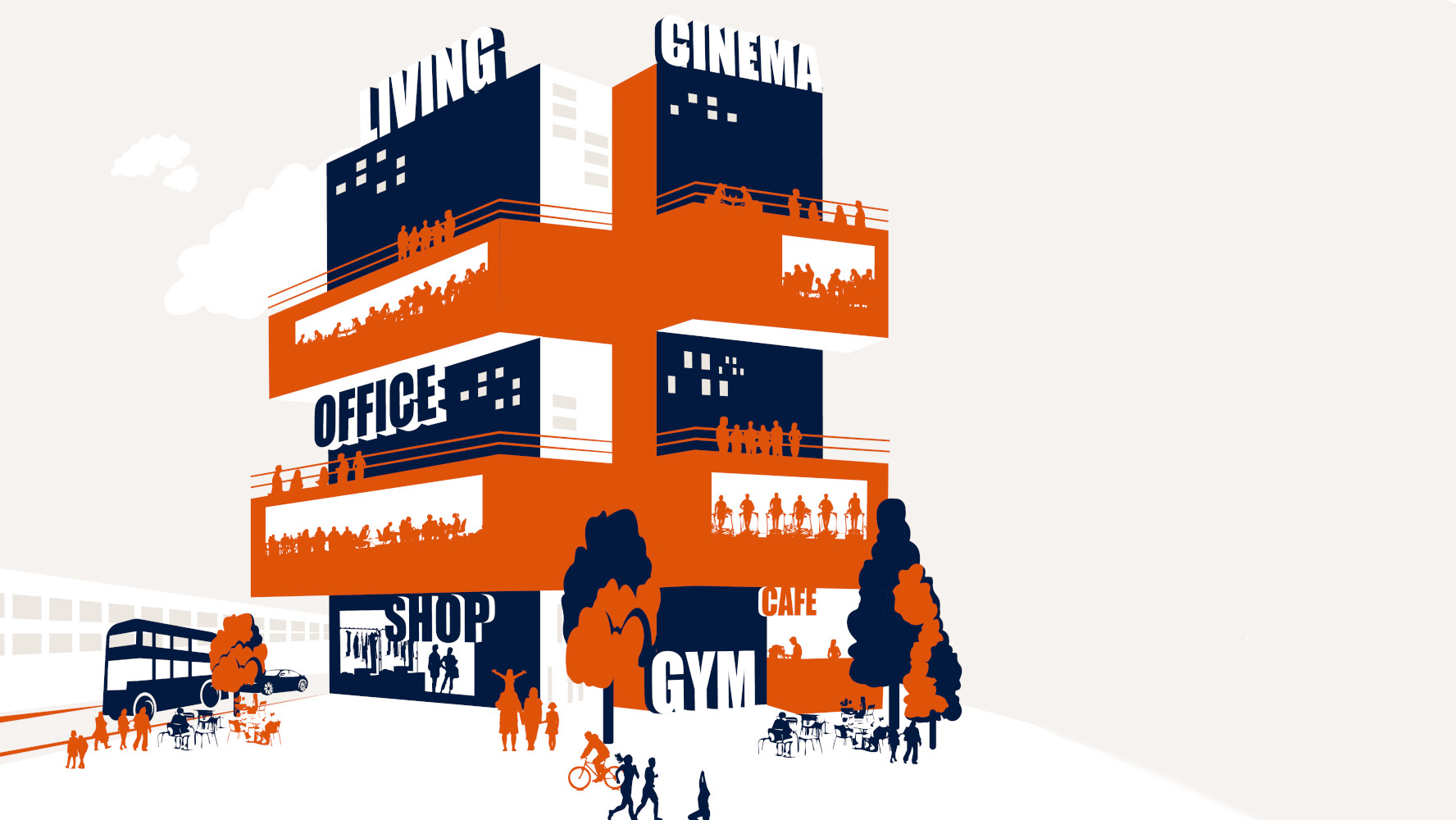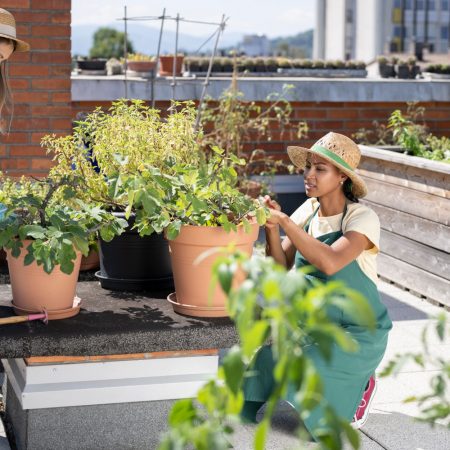In 2020, well into lockdown, worldwide e-commerce penetration was increasing at a rate of 29% pa. In 2022, however, this figure fell to 5% pa.
Annual growth of e-commerce penetration worldwide
Source: Savills Research using Statista
Some pure-play e-commerce operations, facing an array of operational cost increases on top of expensive returns policies, have seen their already-squeezed margins hit. Genuine omnichannel retailers – those with both online and in-store presences – are faring significantly better, however.
The message is a simple one: people are returning to shops and brands are expanding on prime high streets, as both seek to reconnect.
The return of the high street
People want the connection, community, and social experiences that physical retail spaces provide, and this is driving them back to the high street. Brands and pure-play online retailers recognise this – and are now looking to leverage the foot traffic in these popular locations. They are also expanding to local high streets close to affluent areas, to ensure people who work from home still shop with them.
The value of physical stores – to communicate brands’ philosophies and concepts – is well understood. Only in a physical store can brands create immersive experiences and engage directly with customers. This interaction fosters brand loyalty and generates both online and offline sales.
Successful retail
Consumers want novelty and amenity in one place – which means cities need to have independent operators as well as big-name brands. They also value convenience and mixed-use spaces, so a single trip into town can cover multiple purposes.
To react to these evolving consumer trends, retail destinations need to be vibrant and relevant to their communities, diverse, accessible, pedestrian-friendly and omnichannel.
Away from prime retail streets, city centre shopping needs to merge with leisure, culture, working and living into mixed-use neighbourhoods, creating dynamic urban environments that cater to the evolving needs and preferences of communities.
By offering rent reductions to small independent retailers, improving infrastructure, pedestrianising streets and promoting events and festivals, towns and cities can capitalise on this trend and breathe new life into their shopping areas.
What are the implications for real estate?
Brands have taken advantage of rent corrections during the pandemic to move back into high-footfall locations. Prime headline rents in a number of key luxury destinations in cities such as Toronto, London and Hong Kong are at least 10% lower than in Q4 2019. This affordability is enabling retailers to move from secondary to primary and ultra prime pitches – the so-called flight to prime.
Retail locations that meet all of these disparate requirements are likely to prove the most resilient in the long run. For example, Milan, New York and Munich prime luxury retail rents are already more than 10% higher than pre-pandemic levels, as they have vibrant and diverse, pedestrian-friendly prime high streets and high local and tourist footfall.
Prime luxury retail rents: current vs pre and mid-pandemic
Source: Savills Research
Perhaps somewhat counter-intuitively, online retailers are increasingly taking up prime retail pitches in major cities. E-commerce brands have been using social media to build online communities for years. Now, they’re opening stores – showrooms or community hubs, complete with cafés, event halls and fitness studios ¬– for people to meet, mingle and engage with the brand.
Having a physical presence enables retailers to reinforce their appeal to a community that may actually buy the merchandise online. But these retailers favour locations with higher footfall and visibility that can boost both online and offline sales.
Retail is rediscovering its purpose. The sites at which retail happens may be changing, but stores continue to find their place in a rapidly evolving consumer landscape.


